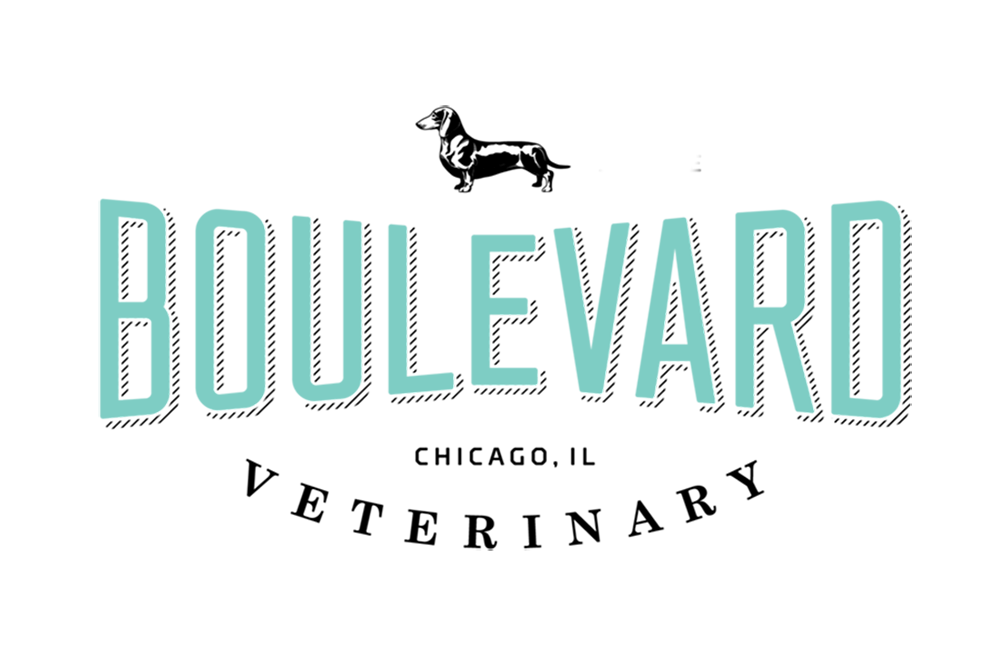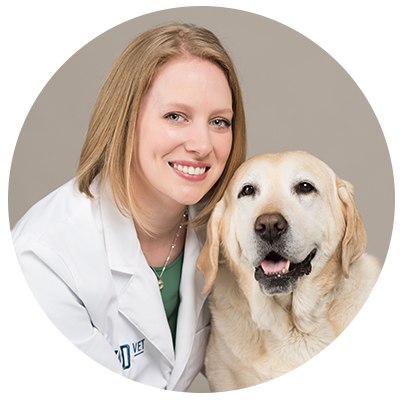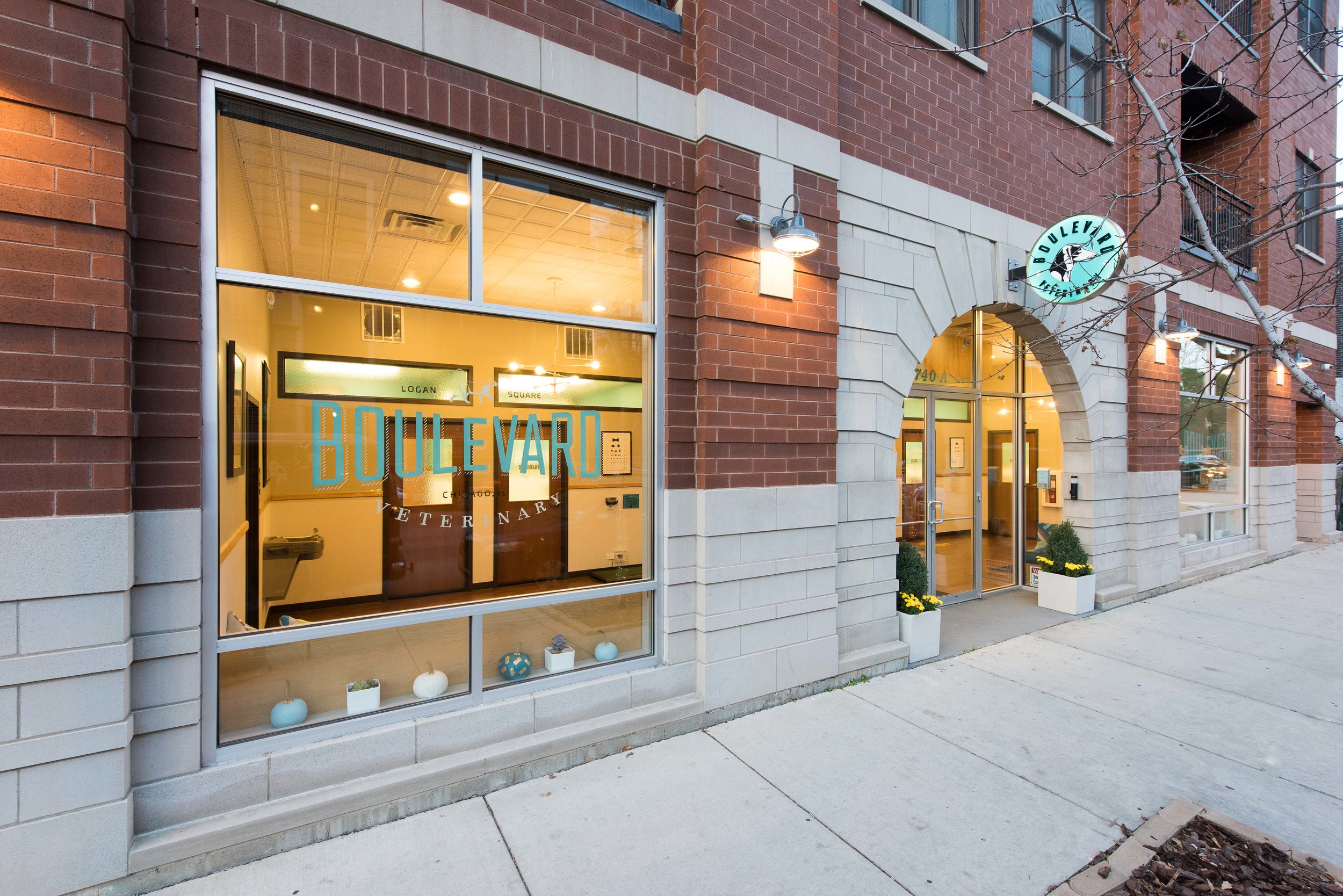At TheK9PT we truly believe that we are just as strong as our weakest link, and that partnering with other businesses helps us achieve the highest level of patient care possible. Today we highlight Boulevard Veterinary and Dr. Julie Geisler, one of their Associate Veterinarians who integrates integrative medicine, such as veterinary chiropractic, to their practice.
Boulevard Veterinary was founded in Chicago by Dr. Dylan Frederickson in the Logan Square neighborhood in 2015. Two years later, BLVD Vet expanded to River North, opening a second full-service practice location that prides itself on the same high standards of care.
At Boulevard, they believe that really listening to their client’s concerns about their pets is the foundation of providing intuitive veterinary care. Their doctors provide unhurried, thorough exams to make sure that no question goes unanswered. They also try to get a sense your pet’s lifestyle and specific needs so that they can make sensible long term choices about things like vaccines, diet, behavior and dental care.
Dr. Julie Geisler, DVM
When did you know that you wanted to be a veterinarian?
Growing up I always wanted to work with animals- specifically marine biology. After doing more research in college and seeing how hard that field was to become established in- I decided to apply to veterinary school and was accepted to Purdue. At Purdue I focused mostly on small animals and was able to be educated at a great veterinary school before starting my career in Chicago.
Tell us more about Boulevard Vet. How long have you been with them? What lead you to Boulevard?
I have been with Boulevard for 1.5 years. I was the first associate Dr. Dylan hired full time to become part of the team. I actually had heard of BLVD before even talking to Dylan through social media and friends in the neighborhood. I was drawn to BLVD because of the high quality of medicine we are able to practice here, but also because of the relationships we are able to have with our clients. Dr. Dylan has put together a very compassionate and driven team to work with.
What lead you to pursue further education in holistic veterinary care (i.e. chiropractic, acupuncture)?
I first learned about rehabilitation while in vet school by shadowing at an integrative veterinary medicine clinic. I was intrigued by the thought of trying to keep our older pets as comfortable and mobile as possible as they age- I think it’s something that is underrated in our field and can make dramatic differences in our patients. This is what sparked my interested in chronic pain management in dogs and why I started with chiropractic care.
How did you integrate your knowledge in holistic care with your practice as a primary care veterinarian at Boulevard Vet? Any future plans you can share?
I have been able to take a more multi-modal approach in patient care due to having been classically trained in veterinary medicine and then adding in chiropractic as a holistic approach. I am able to find areas of aches, pain and stiffness that the owner might not notice on a daily basis, but when discussing how their pet is getting around they can recollect that things have been a little different. I find that using chiropractic in conjunction with supplements, and when needed pain medications, results in faster recovery for treatable diseases. I also have a strong interest in acupuncture and will be starting my certification in 2018. Acupuncture can help treat a wide array of diseases such as injury but also allergies, decreased appetite, etc.
Explain to us more about veterinary chiropractic? How does it work? What results have you seen with it?
Chiropractic, plain and simple, is a way we manipulate the spine and therefore the nervous system using only our hands. Chiropractors treat ‘subluxations’ which is misalignment of a joint that overtime causes waste products and inflammation to develop in that area- this can lead to pain, decreased blood flow, and decreased nerve function. When we adjust these areas- we stimulate the nervous system to clear out the waste which relieves soreness and inflammation.
The most common diseases we treat with chiropractic are musculoskeletal in origin. Arthritis, hip dysplasia, and back pain dogs are commonly seen for chiropractic adjustments. Other patients that benefit are patients who have had recent trauma (soft tissue sprain, falling down the steps, a car accident, etc.). Even dogs who have ‘gotten older’ or are ‘slowing down in general’ usually are doing this from soreness and inflammation that has built up as part of the aging process. With some of these diseases (like arthritis) we can’t fix the issue- but long standing arthritis can cause the patient to have poor posture and therefore gait changes. By realigning the spine, we are keeping those nerves and muscles functioning to the best of their ability and freeing up a lot of aches and pains these patients feel on a daily basis.
Do you have any pets?
I have a 10yr old female yellow labrador named Thumper. She was my teaching dog in veterinary school and I adopted her after my first year. She is getting older and showing it by not being as playful and slowing down on walks (her way of slowing is down is just by sniffing more and by the end of a walk I can hear her back legs scuffing the sidewalk). Rehabilitation in conjunction with acupuncture and chiropractic has done wonders in her energy and also in how she is getting around!
What are 2 advises that you would give to every pet owner?
One advice I have is to really consider pet insurance. Being able to treat diseases and accidents your pet might develop over the years without financial constriction is a good feeling both for us in the medical field and the pet owner. It allows us to help our patients as best we can, and the owner knows you are doing everything you can for your pet. This comes into play for rehab/holistic care as well if they have an injury or are just ‘getting older’ with arthritis.
Advice #2 would be that every pet can show pain in different ways. I feel majority of owners do not think their pet is in pain because they’re not yelping when touched. Pets can have aches and stiffness just like us as we get older, and their signs can be as subtle as not laying in the same position/area they used to or not playing with their favorite toy- pain does not always present with limping and vocalizing.




